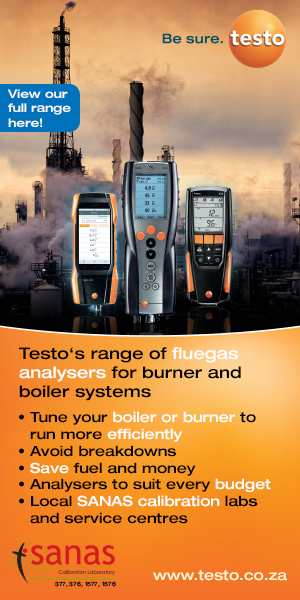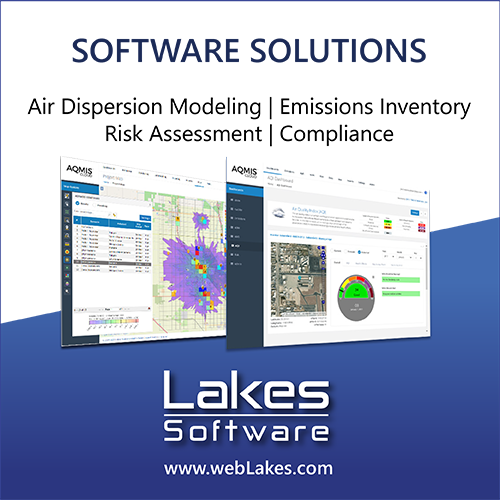Using student science to identify research priority areas for air pollution in a university environment: an Ethiopian case study
DOI:
https://doi.org/10.17159/caj/2022/32/2.13470Keywords:
air pollution, PM2.5, CO, CO2, biomass burning, campus exposure, student measurements, citizen science, student scienceAbstract
Students in a country like Ethiopia face a double air pollution challenge: they are frequently exposed (both outdoors and indoors) to sources of incomplete combustion and therefore to unhealthy concentrations of particulate matter (PM2.5) and carbon monoxide (CO), while they also face increased carbon dioxide (CO2) concentrations in crowded dormitories and classrooms. Research on air pollution in the environment of Ethiopian students is scarce. This lack of research can be fixed by involving students in science through a student science project, essentially a subset of citizen science. Students of Arba Minch University, Ethiopia, conducted measurements of PM2.5, CO, and CO2 under self-selected circumstances. Their measurements are compared to guideline values related to health effects to identify priority areas for future research. For PM2.5, students’ measurements show likely exceedances of guideline values for an inside coffee ceremony, close to open waste burning, at a bus station and close to a diesel generator. For CO, exceedances are revealed in kitchens and the visitor’s area of restaurants using biomass fuel, close to outdoor charcoal cooking and close to waste burning. For CO2, exceedances are found within student dormitories. These areas can be considered priority areas for further research. Students can conduct additional measurements to distinguish other relevant scenarios. Insight into exposure can be improved if, besides different concentrations under different circumstances, also time durations of these different circumstances are studied. The findings reveal that students themselves can be a partial solution to research and resource gaps in their context.
Downloads
Downloads
Additional Files
Published
Issue
Section
License
Copyright (c) 2022 Johannes Dirk Dingemanse, Muse Abayneh Abiyu, Kirubel Getachew Tesfaye, Feyera Fekadu Roro

This work is licensed under a Creative Commons Attribution 4.0 International License.

All articles are published under a Creative Commons Attribution 4.0 International License; copyright is retained by the authors. Readers are welcome to reproduce, share and adapt the content without permission provided the source is attributed.








.png)